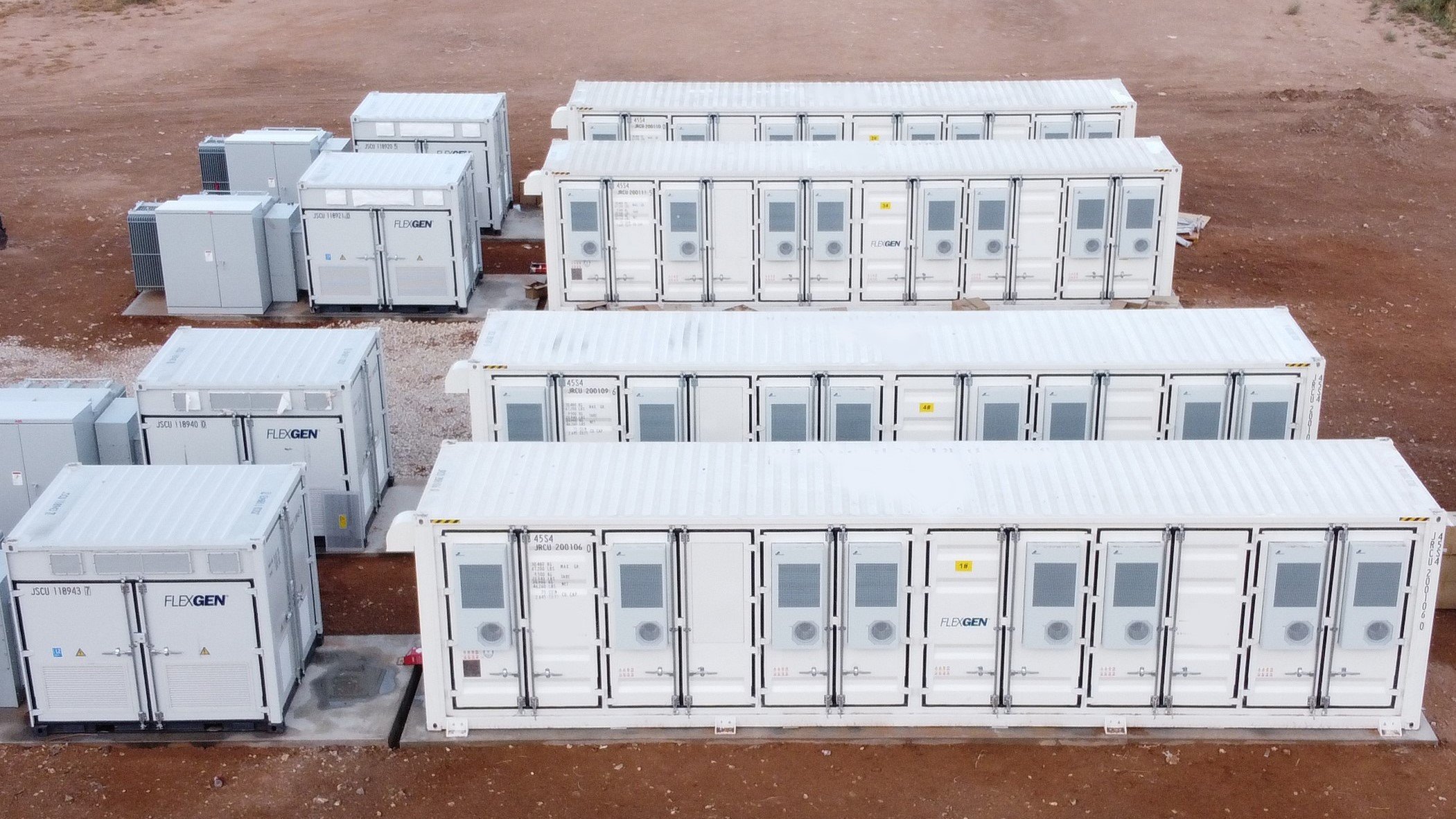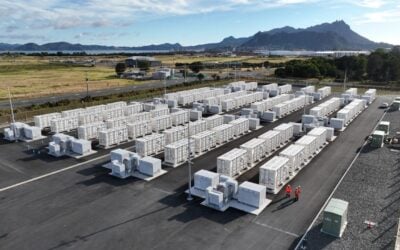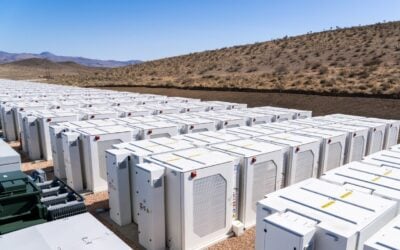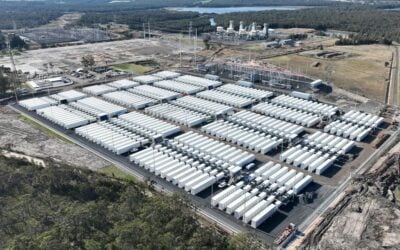
Energy storage system designer and integrator FlexGen has launched a new service that figures out the feasibility of pre-development projects using the company’s DigitalTwin technology.
Aimed at developers, independent power producers (IPPs) and asset owners that are looking to develop standalone battery storage or add batteries to other generation, FlexGen’s project feasibility reports (PFRs) take a virtual model of the planned installation and allow users to determine everything from revenue opportunities and lifecycle costs to grid impact for interconnection.
The company has based its solution on the FlexGen Digital Twin technology it uses for its own systems modelling and is something the company has been doing for a while, but has only recently productised it to create “investment-grade reports”, FlexGen chief financial officer (CFO) Yann Brandt told Energy-Storage.news in an interview. There are already contracts with 11 separate customers representing about 11GWh worth of projects, he said. Brandt joined the company earlier this year along with new CEO Kelcy Pegler, with both coming from long backgrounds in the solar industry.
Essentially a form of engineering services contracts for projects that are yet to receive their notice to proceed (NTP), the pipeline under review includes standalone energy storage, solar-plus-storage, hydro-plus-storage, gas-plus-storage and peaker replacements. There are many types of energy storage project, Brandt said, and the generation source at this stage of the market’s development is perhaps less valuable than the grid interconnection being available.
Try Premium for just $1
- Full premium access for the first month at only $1
- Converts to an annual rate after 30 days unless cancelled
- Cancel anytime during the trial period
Premium Benefits
- Expert industry analysis and interviews
- Digital access to PV Tech Power journal
- Exclusive event discounts
Or get the full Premium subscription right away
Or continue reading this article for free
After all, once a grid connection is at a site, whether it hosts gas or solar generation today, if battery storage can be added this provides potential to provide services to the grid or to make the generation asset more efficient or more dispatchable. Sites with gas rather than renewables on site could later become host to 100% clean energy assets too, as has been the case with several retired natural gas sites around the US already.
“If you have a battery, you can actually make the power market generation the commodity and basically charge at the cheapest price. You don’t actually have to provide your own generating source. I view it as a world of interconnections. Our capability is: anyone that’s generating electricity, we’re going to help them make that generation source more flexible, or monetise that interconnection point even further,” Brandt said.
“This is the number one question we get: ‘does storage work for my project?’ That’s what most people are trying to figure out right now. That’s the stage of the market we’re in. We’ve got this digital twin capability that’s embedded in so much of our software analytics and we realised, if we can make energy storage a virtual asset in a virtual environment, and we can add the inputs of power markets, onsite generation source, revenue projections, etc, we can do your sensitivity analysis pretty efficiently.”
‘Forecasting is our business’
From beginnings as an engineering company doing microgrids in remote parts of the world and microgrids for exacting customers like the US Military, FlexGen has evolved into an energy storage system designer and integrator focused largely on utility-scale battery storage. The company has deployed multiple systems around the US including merchant projects in the fast-rising Texas ERCOT market as well as systems that provide high value for applications like generator black start and load congestion relief in states like Indiana, Utah and most recently, Kansas.
Now, the company is applying a commercial model to the same feasibility reporting it has done for its projects for years, Brandt said. FlexGen’s systems run on a proprietary software and controls platform called Hybrid OS, which can control all of those different types of applications and the company works from a hardware agnostic or neutral standpoint. This means everything the technology has been integrated with everything from “ultracapacitors al the way to four-hour batteries” and can now control fleets of batteries.
Along with that, FlexGen has a platform called Powercloud, which can run the analytics for energy storage system decision-making, what Brandt calls the “go / no-go decisions” that an asset operator must make to determine whether to chase revenue opportunities or preserve the state-of-charge of batteries.
“Powercloud is this analytics tool that we’ve been spent millions of dollars developing over the last few years. Part of that is that in order to have that decision engine, you need to basically be able to run the energy storage asset through its life in a virtual environment, in order to make the real life version of it decide if reality should mimic the virtual environment.”
“We can forecast pricing, that’s our business, we deliver energy storage units. So [we can give] a precise view on what your storage unit is going to cost, to the point that we’ll contract with you at that price and we provide an investment-grade report, a feasibility report that developers can take to an investment committee and say, ‘Look, this is the revenue opportunity, this is how they ran it, these are the multiple versions, this is the best one’.”
Brandt says that the project feasibility reports can be a powerful sales tool for FlexGen, but the main limiting factor holding customers back from saying yes is generally the unit price. He notes that were the investment tax credit (ITC) for standalone energy storage to be introduced, as is starting to be expected after positive noises from the Biden presidential administration, the market would change overnight.
“If we, as we most likely will, get the energy storage tax credit, battery prices are going to drop by 40% overnight. The advent of tax equity into energy storage markets, a US$300 per kilowatt-hour battery, or US$275 per kilowatt-hour battery is all of a sudden going to cost US$200 a kilowatt-hour. And the pipeline is going to probably be 10x the market opportunity. It’s [storage is] just going to work all over the place.”





